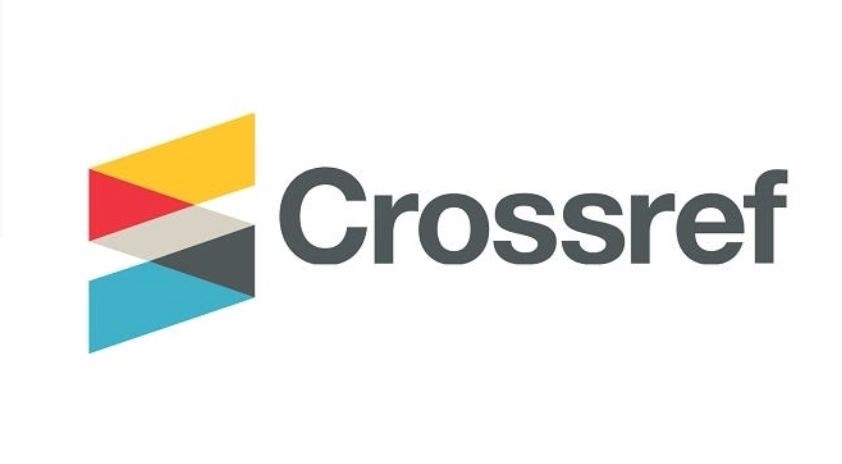Macrovascular and microvascular complications in type 2 diabetic Iraqi patients treated by metformin and glibenclamide versus metformin and sitagliptin
DOI:
https://doi.org/10.58897/injns.v25i1.118Keywords:
Macro vascular, Micro vascular, Diabetes, Metformin, Glibenclamide, SitagliptinAbstract
Background: In type 2 diabetes mellitus there is a progressive loss of beta cell function. One new
approach yielding promising results is the use of the orally active dipeptidyl peptidase-4 (DPP-4)
inhibitors for type 2 diabetes mellitus.
Objective: This study aims at comparing the possible occurrence of macrovascular & microvascular
complications in Iraqis patients with type 2 diabetes mellitus using two combinations of drugs
metformin + glibenclamide and metformin + sitagliptin.
Methodology: Sixty eight T2DM patients and 34 normal healthy individuals as control group were
enrolled in this study and categorized in to two treatment groups. The group 1 (34 patients ) received
metformin 500 mg three times daily + glibenclamide 5 mg twice daily and the group 2 (34 patients)
received metformin 500 mg three times daily + sitagliptin 100 mg once daily. The urine sample was
collected for estimation of microalbumin urea and patients' examination was made by specialist
consultant endocrinologist.
56
Results: The percentages of microalbuminurea were significantly (p<0.05) lower for group 2 patients
for 3 & 6 months of treatment (9.3%, 8.5%) respectively compared to group 1 (22.13%,18.12%)
respectively. The percentages of parasthesia, numbness and burning sensation of feet was
significantly(p<0.05) lower for group 2 patients for 3 & 6 months of treatment(16.71%,8.71%),
(20.59%,8.53) and (13.3,7.54) respectively as compared to group 1 (39.7%,34.36), (35.18,29.29)and
(37.88%,31.18%).The picture was same for postural hypotension & ischemic heart disease the
percentages were significantly (p<0.05) lower for group 2 patients for 3 & 6 months of treatment
(8.82%,7.12%)and (11.76%,8.82%) respectively as compared to group 1 (18.76%,14.65%) and
(17.65%,14.7%) respectively. The same was true for simple and proliferative retinopathy the
percentages were significantly (p<0.05) lower for group 2 patients for 3 & 6 months of treatment
(7.83%, 6.22%) and (2.82%,2.7%) respectively as compared to group 1 (15.76%,14.65%) and
(6.65%,7.71%) respectively.
Recommendations: Combination of metformin + sitagliptin significantly lower microvascular and
macrovascular complications than combination of metformin + glibenclamide.



